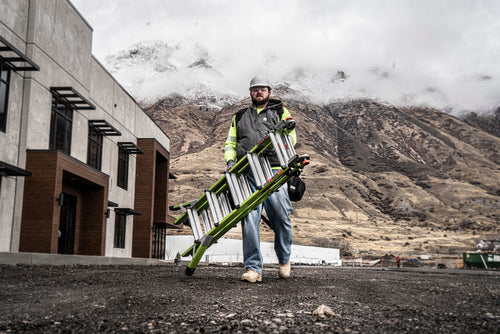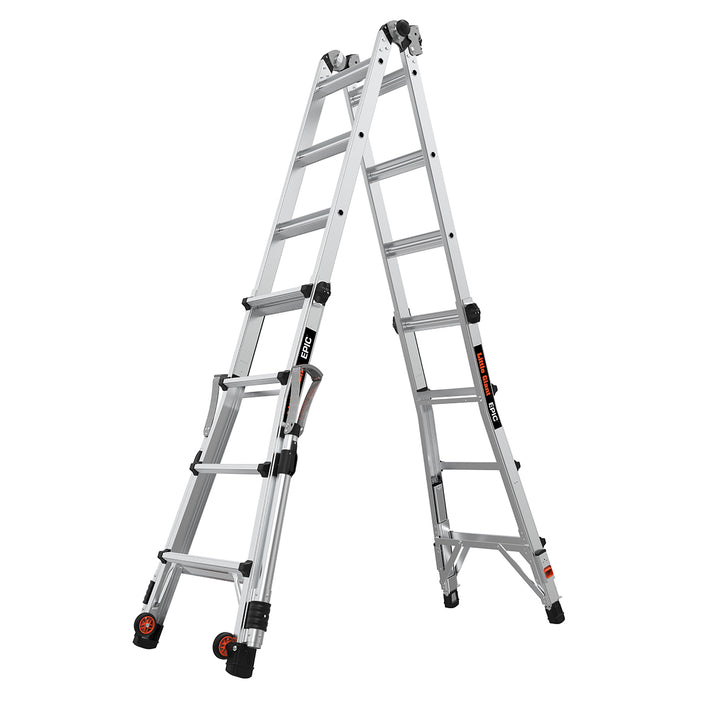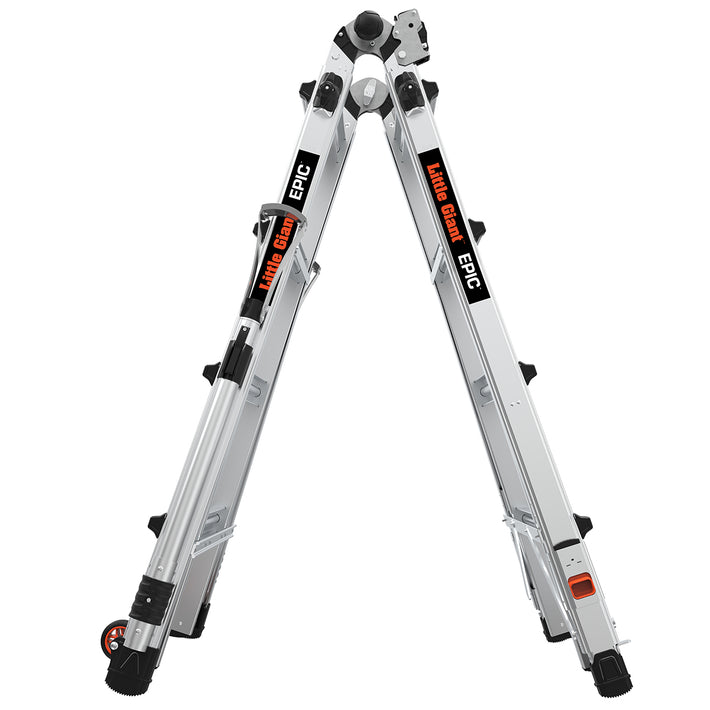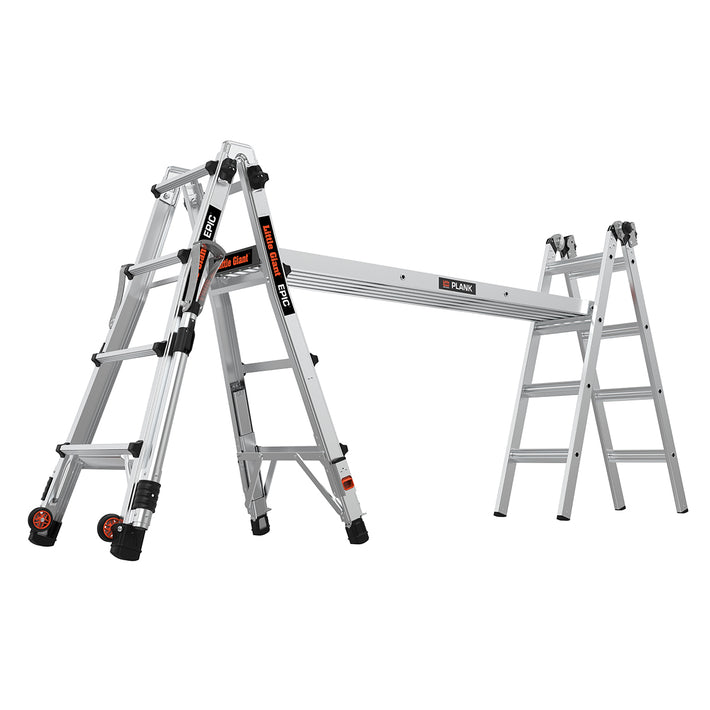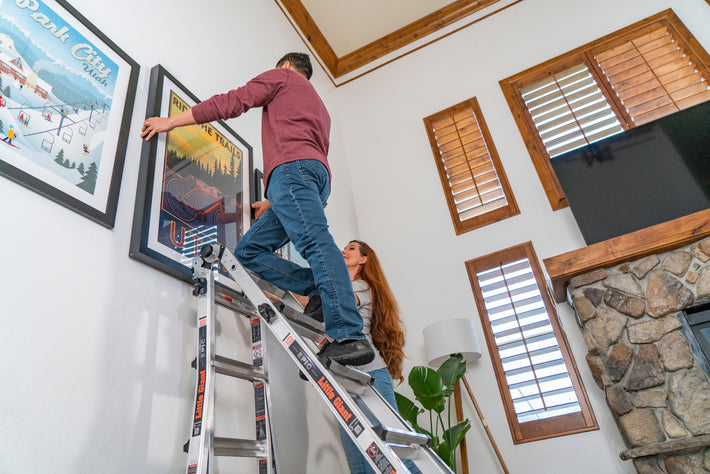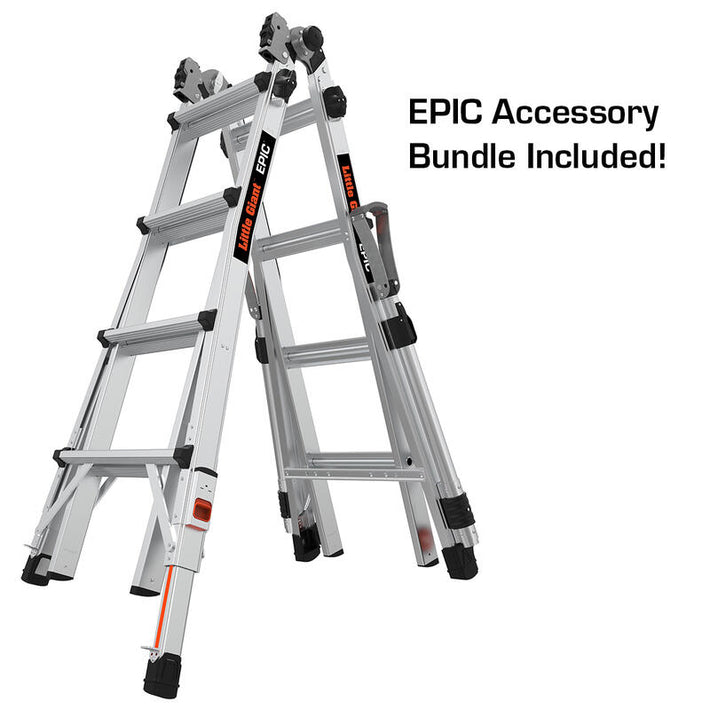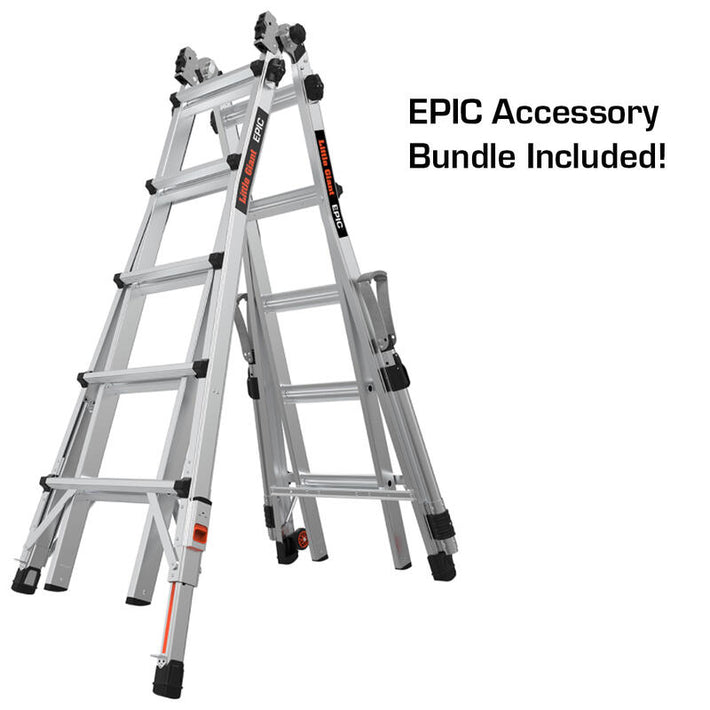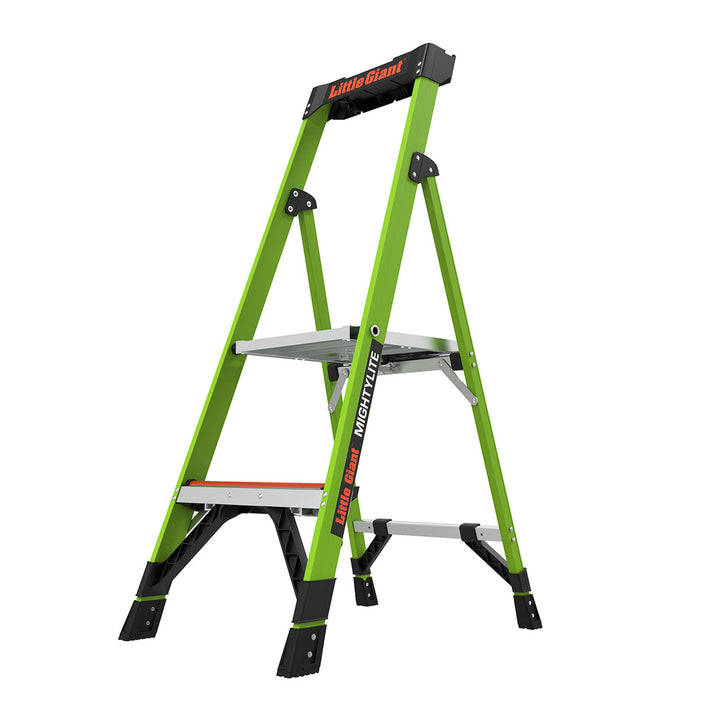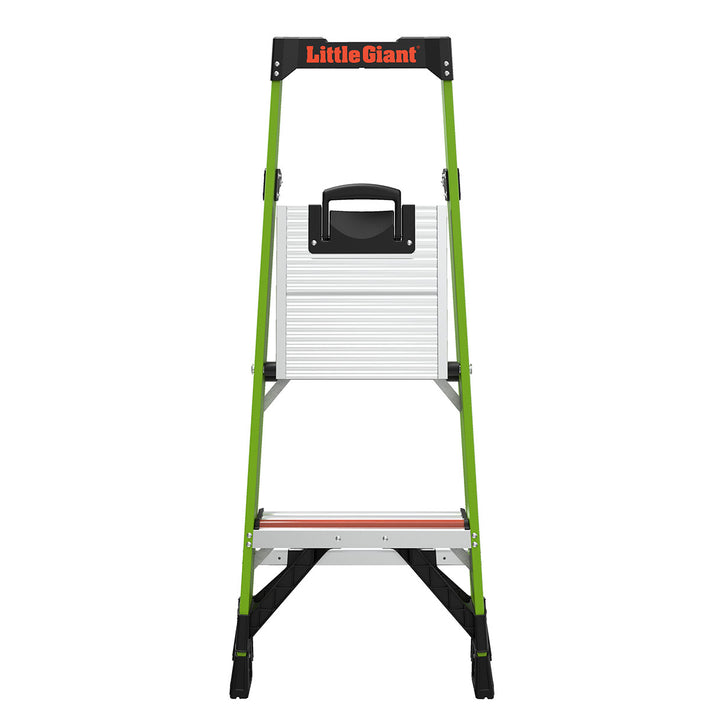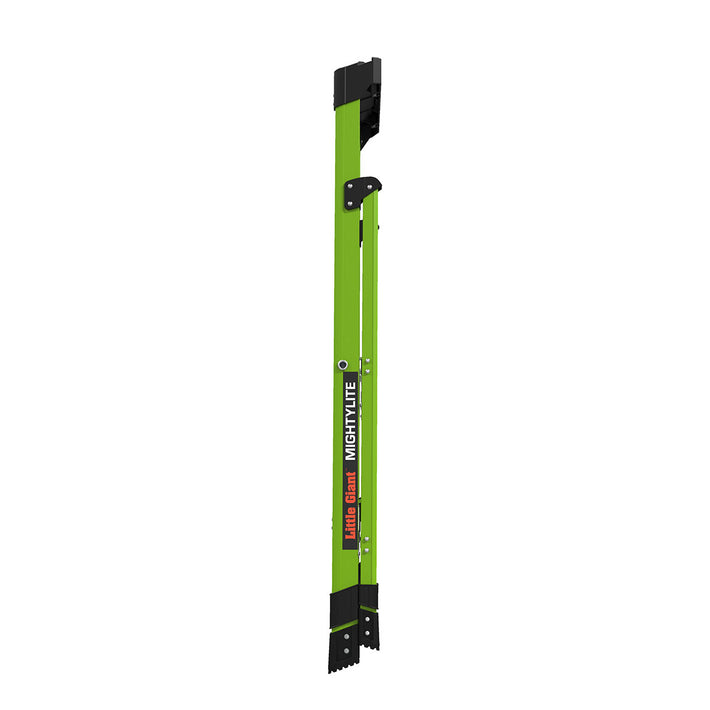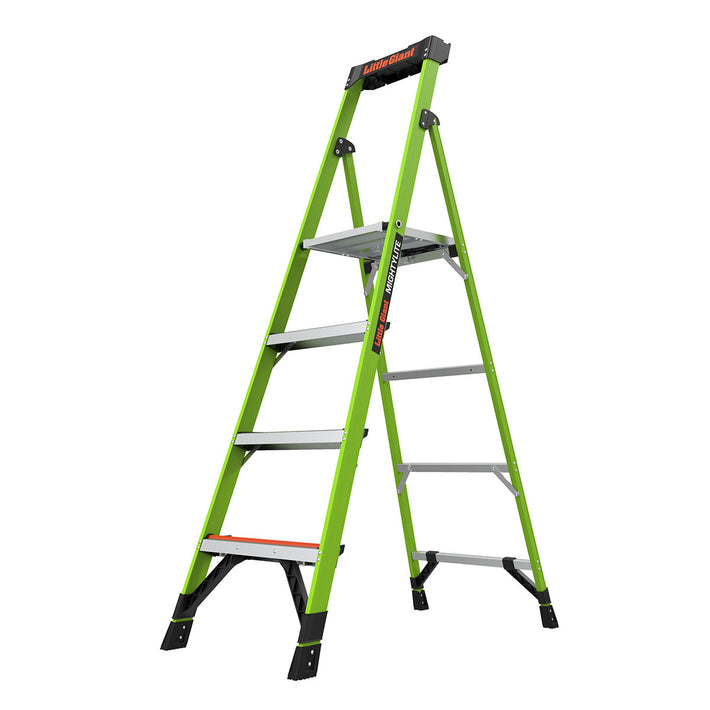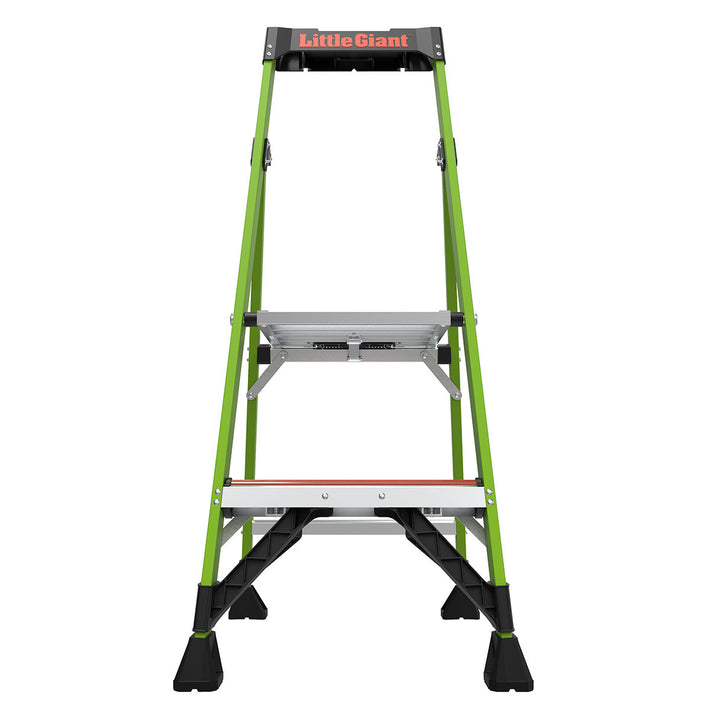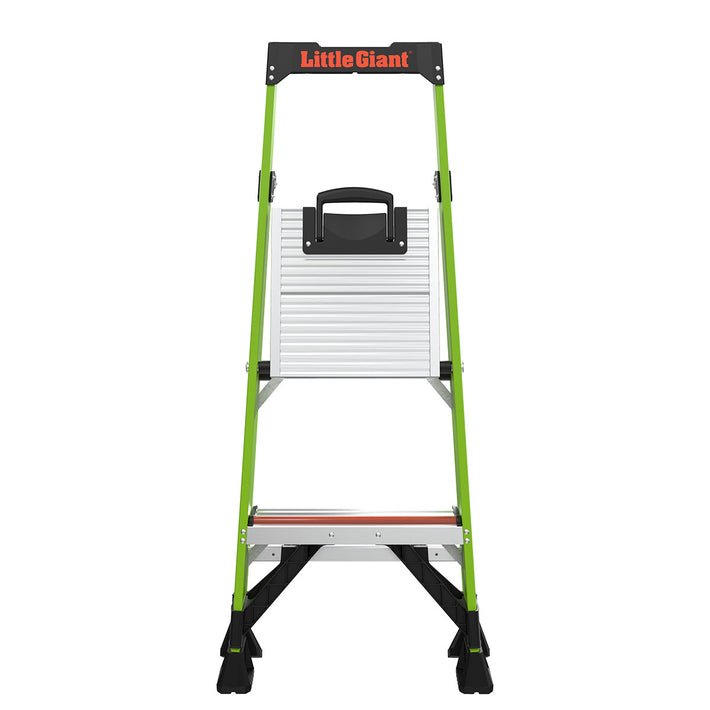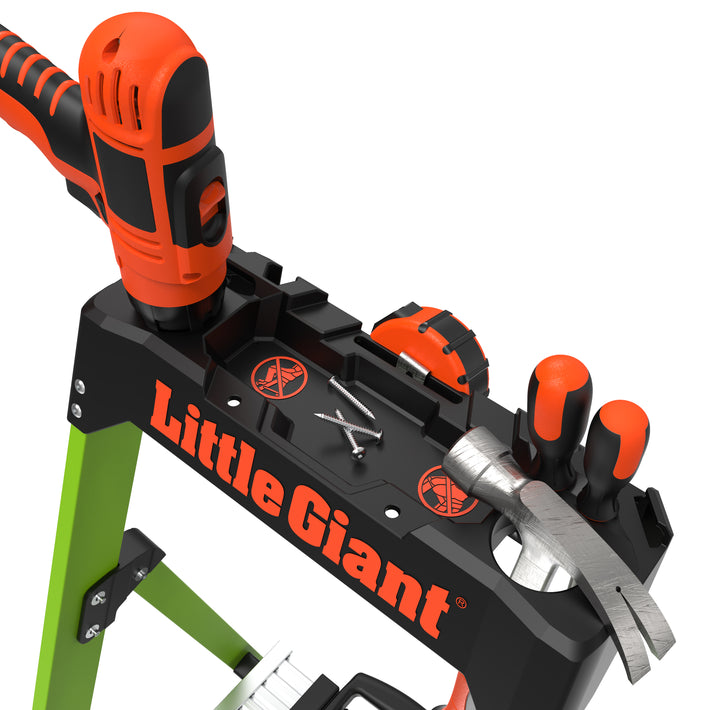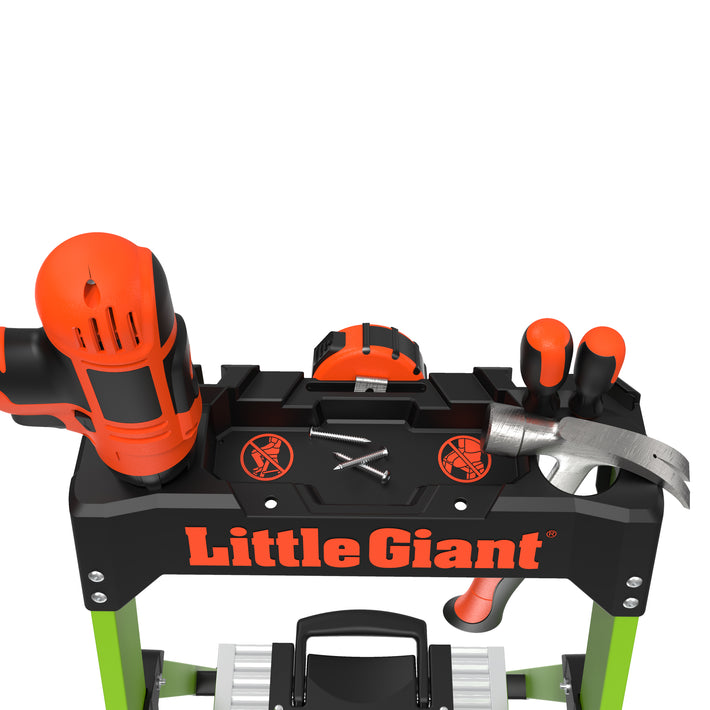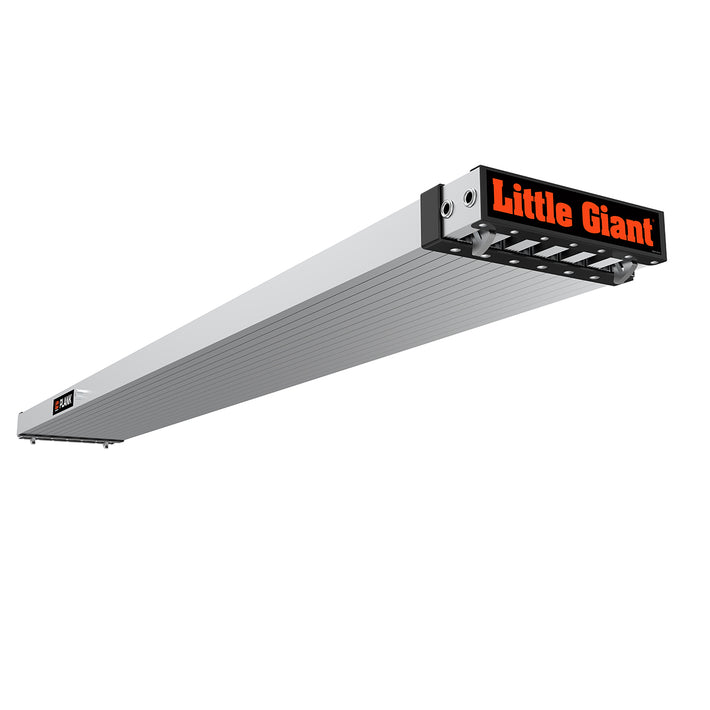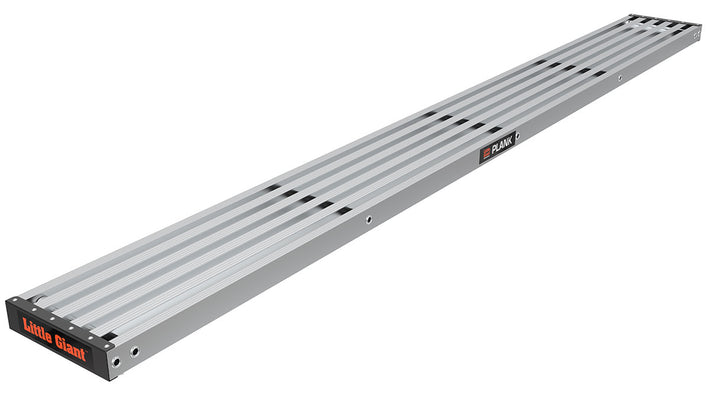Why Little Giant Is Committed to Safety
How a Set of Statistics Shaped Our “Why”
In the 1970’s, local entrepreneur, Hal Wing engineered the first multi-position ladder, thus starting Little Giant Ladder Systems®. From the start, his commitment and drive for quality engineering to improve the lives of his consumers was strong. Years later, a set of harrowing statistics were brought to attention that forever changed the way we approached operations.
The Statistics
Now, before you turn away from the word “statistics,” I would invite you to stick around. We will keep the statistics brief, but they will give you some context as to our “why”.
Every day in the United States:
- 2,000 people are injured while using a ladder.
- 100 of them will suffer a long-term or permanent disability.
- One person will die, never returning home to friends and family.
This happens every single day in the US. Now, you may be thinking, “What does it matter? People are commonly injured from things like jumping on a trampoline or getting in a car accident. Why is ladder usage any different?”
In the public’s belief that these incidents are purely from human error, most see little need to make a change. To put the stats into perspective, remember that the statistics above don’t even account for the amount of ladder-related injuries that happen outside of the US on a daily basis. If we included the international statistics, the amount of ladder injuries and deaths would skyrocket.
So, why is it important that we make a change? Because at Little Giant, we believe that we can make a difference by engineering ladders that account for human error and solve the real day-to-day problems faced by our consumers.
How Little Giant Is Helping
Although those statistics are jarring, remember you and your loved ones don’t have to be a statistic. With the right ladder and the right training, you too, can help prevent injuries and save lives. Years ago, after the Little Giant Ladders team heard about those statistics, we changed the way we approached engineering and manufacturing. We always consider safety and usefulness when engineering our ladders.
Engineering for Human Behavior
We start by considering the most common causes of ladder-related injuries. We think of the things that people do that cause injuries and deaths and engineer our ladders to solve for human behavior. Some of the top things that cause injury include:
- Overreaching
- Working on unlevel ground
- Not facing your work
Overreaching
The Problem: If something is slightly out of reach when you are standing at the top of a ladder, the natural inclination is to overreach, rather than climb down and reset the ladder. That motion of overreaching can cause the ladder to shift, and a fall like this, especially on an extension ladder, is the leading cause of ladder-related fatalities.
The Solution: Increased side-tip stability. Many of Little Giant’s ladders have a wide-flared base or outriggers that help stabilize the ladder, so you are less likely to have the ladder slide or shift. Take for example, the SumoStance ladder. It is a tall extension ladder with attached leveling outriggers. This feature stabilizes the ladder, which can protect the climber from a potentially dangerous situation.
Working on Unlevel Ground
The Problem: When you aren’t working indoors, you’re bound to encounter varied terrain. If the ladder isn’t level, it could tip or slide. In fact, if a ladder is unlevel by just 1” at the base, it can cause a 9” lean at the top of a 19’ ladder. A variance like that could be the difference between a safe climb and a potential accident. The Solution: Little Giant integrated leg levelers into many of our ladders, so you can always have the right ladder, regardless of the terrain. Plus, since it isn’t an after-market add-on, you know you can count on it.
Not Facing Your Work
The Problem: While working on a ladder, it is important to face your work, rather than twist around. Most ladders are awkwardly built or are placed too far away from the task at hand to face it properly. The Solution: Most of our multi-position ladders can be configured into a 90-degree orientation, so you can get closer to the surface. Additionally, many of our combination ladders, especially the King Kombo, are OSHA-certified as a leaning ladder. Lean it against the work surface, so you can face your work while getting closer to it.
Considerations
If a ladder doesn’t simplify a user’s day-to-day tasks while making it safer to use, it isn’t the right design. We consider the needs of our professionals and DIYers, and we recognize that the needs of one pro may not be the same as the needs of another pro. With a robust variety of ladders, Little Giant has something for every project and person. We partner with a variety of groups and individuals who get stuff done. With close collaboration between these groups, we are able to design ladders that make things possible that weren’t an option before. Together, we have been able to design safer extension ladders that help pros in cable and telecom. We engineered Safety Cages to solve tie-off problems, as well as OSHA-certified leaning ladders to get closer to work and more. When a ladder is designed for a specific task, we can create real solutions to real problems faced by that pro, so they can work safer and more effectively.
Innovating for Safety
It can be easy to get caught up in the gloom of ladder falls and injuries, but it’s important to remember that together, we can prevent injuries and save lives. With the right ladder, designed for the right tasks, accompanied by the right training, you can get stuff done without fear of injury. If you are interested in learning more about ladder safety, we invite you to join us throughout the month of March, on our website, social media platforms and YouTube. Want to get started right away? Check out this safety video from Little Giant.


